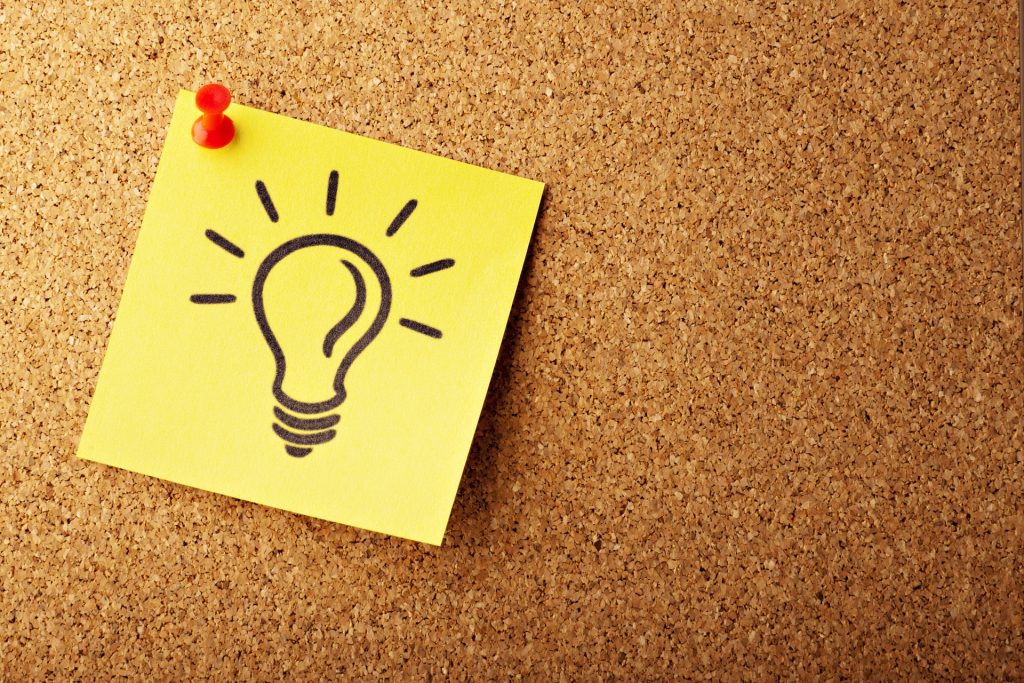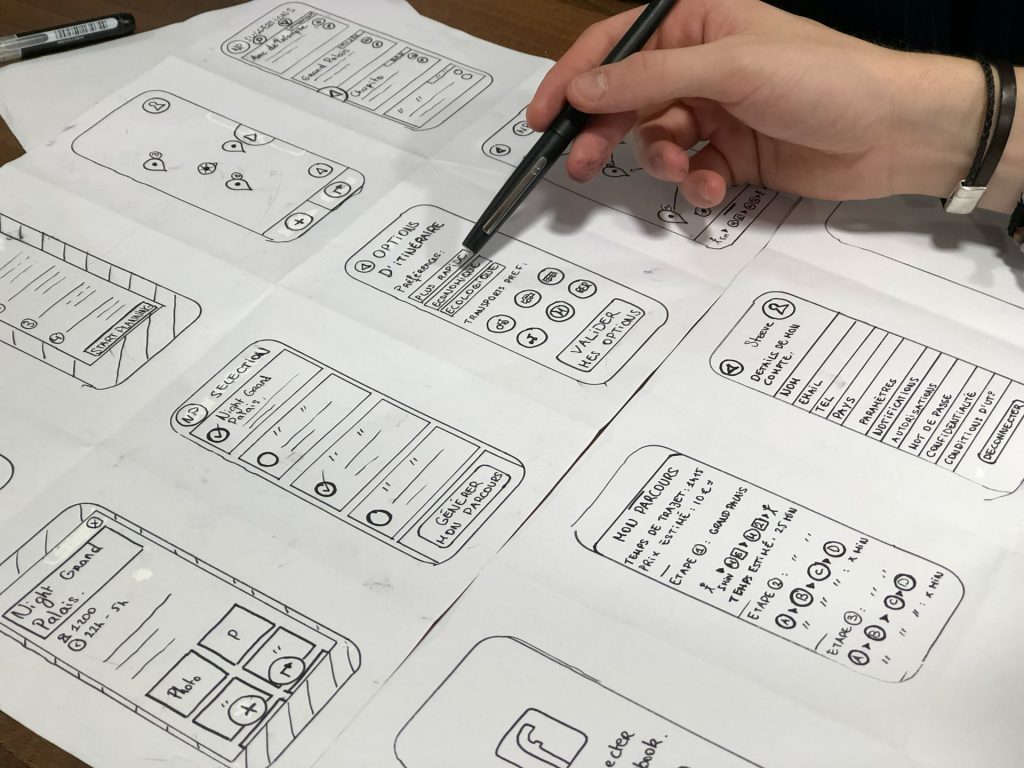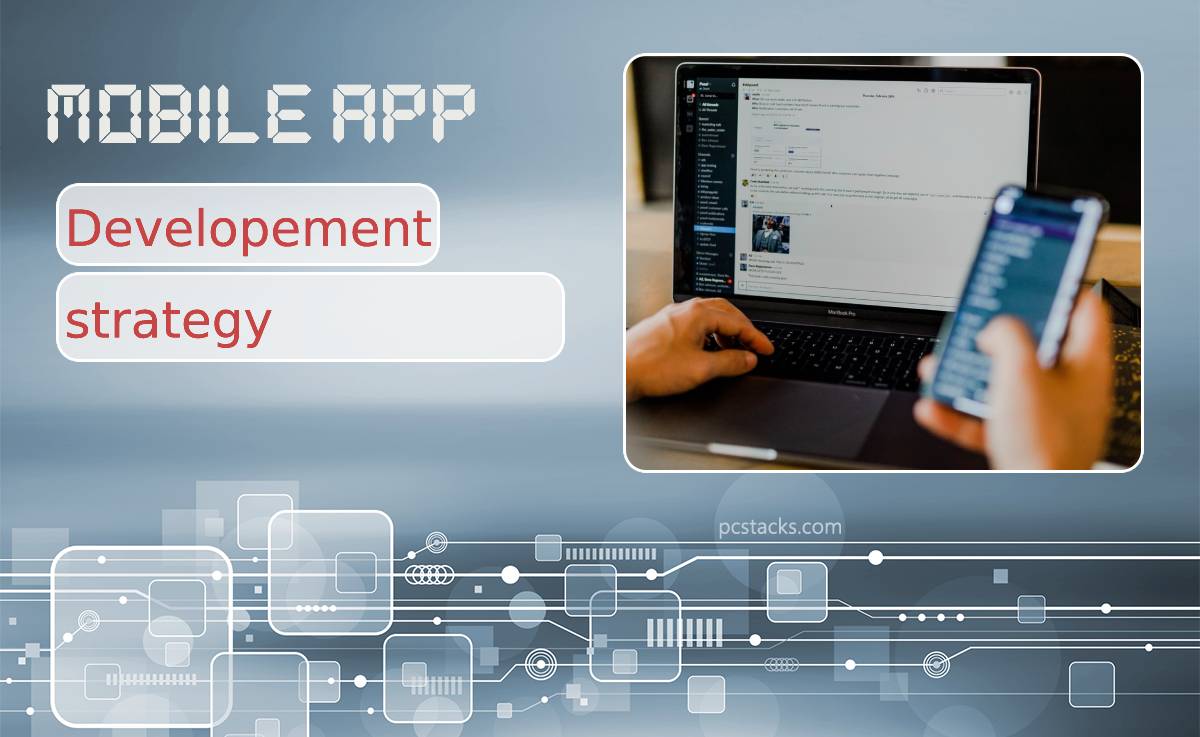Mobile app design is the process of conceiving, defining, and planning how to build a user experience that can be seen on a smartphone when a user interacts with a mobile app. The mobile app design combines visuals, colors, photography, animations, graphic elements, typography, and fonts for a unified user experience.
When you develop and design your mobile app, whether you build it from scratch or use a third-party app builder, the goals you set in the planning process will help you decide what features to add to your app.
Table of Contents
Find Your Niche

First, you need an idea. Any app you create needs to solve a problem, whether that problem is something as trivial as being bored on your morning commute or something as important as weather watch radar notifications.
If you’ve noticed a gap in the market yourself, or have read about a consistently arising issue on different platforms, find something nobody has done before or find something you know you can do better. A little healthy competition is never a bad thing.
Lay Out Your First Draft
Coming up with an idea is, in a way, the hardest part. Any later strategies you develop will be based around your initial concept, including:
- Goals
- Features
- Audience
- Business goals
The clearer you can make these steps, the easier it will be to allocate time, resources, and people to further your idea.
Know Your Resources
Resources, in this context, mean funds and people. There are a few critical decisions you need to make:
- Will you build a native or hybrid app?
- Will you use an app builder or hire a developer?
- How will you support the app in the future?
Coding, app design, testing, security, and marketing will also take a solid chunk out of your budget, so make sure not to leave them out of your resource planning.
The complexity of mobile app testing, ongoing mobile device support, and mobile device management are the main reasons companies tend to build their mobile enterprise applications on a single mobile platform.
Wireframe

A wireframe is everything you want your app to be – its features, design, GUI. It will also help you organize and optimize the user experience, find out what works and what doesn’t.
Think of a wireframe as a sketch; it shouldn’t be too detailed but provide enough information that you can see the final product in your head. You can walk through the flow, brainstorm layout ideas, discover potential snags – and all this before you’ve even begun development.
Plan and Develop
A well-organized workflow, quick response, and detailed planning will minimize unexpected problems during the app development process. Whether you’re building the app from the ground with the help of a company offering Vue.js development services or using an app builder, you will need to develop:
- The back-end, which defines how your app will do what it does.
- The front-end, which should already be roughly outlined by the wireframe.
Test, Test, Test

The first (unofficial) test will be performed on the wireframe by friends, family, and anyone you can rope into it. After that, testing should become part of your development routine. Test the app yourself, have your team test it, or (depending on your budget) you can even hire a testing company.
The goal is to make sure your app runs as expected on a wide range of devices and with a varied user base, and on as many platforms as you’ve chosen to use.
Make Your Money Back

Altruism is all well and good, but you’re probably looking to not only fill a market gap but also make some money along the way. Here are a couple of options for app monetization:
- Advertising – the tried and true way of earning revenue from your app, even when the app itself is free. Incorporating ads is simple and does not add to your development cost.
- Exposure – your app may not directly earn money, but it can be a tool to generate further business.
- Actual payment – this one is a bit tricky as it requires you to first offer something for free to gain a customer’s attention. Trial or limited-access versions of your app will entice users into buying the entire app.
- In-app purchases – a feature that lends itself particularly well in gaming apps, in-game purchases will aid the user in getting to their goal faster, whether through the use of unique items or unlocking special features.
Conclusion
As with most things in life, preparation is vital. Building a strategy ahead of time will make a solid foundation for developing your mobile app idea and will save you time, money, and a lot of stress in the long run.




